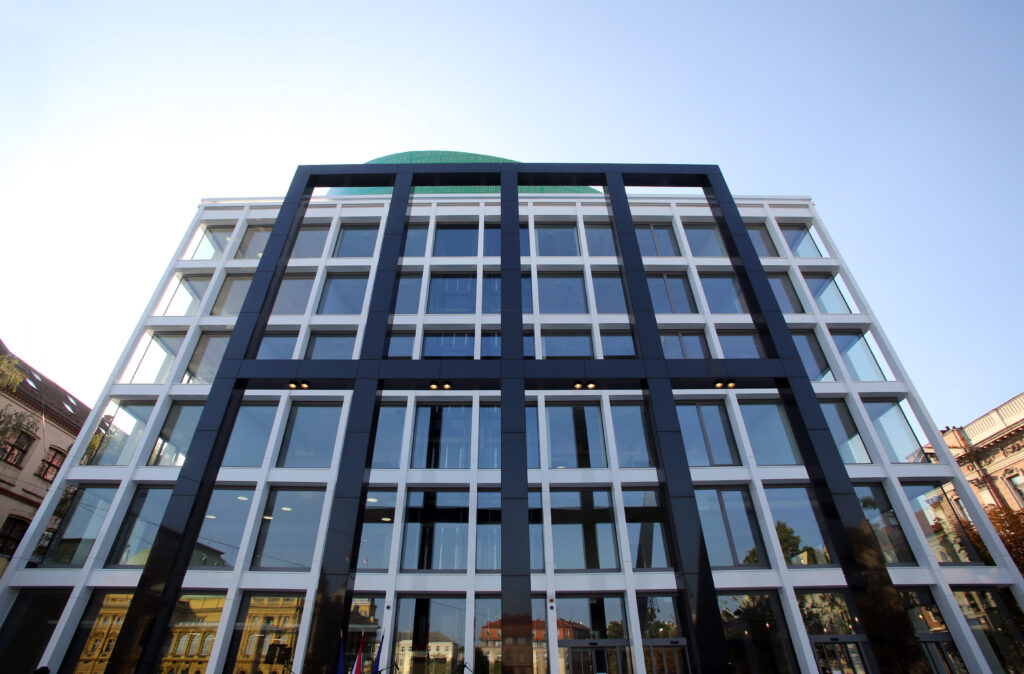You’re being deceived. It’s a clever sleight of hand, but the fact remains it’s a deception. As companies and building managers have been trying to embrace open protocol hardware to increase flexibility and reduce future capex requirements, certain companies have been cleverly twisting the term “open access control system” to suit their needs.
Customers who use access control systems have been plagued by the pitfalls of proprietary hardware, which demand that customers fully rip and replace the controllers of a system to upgrade their software. This is incredibly expensive, not to mention complex to coordinate. It’s one of the main reasons why the access control world is 10 years behind in the software and service evolutionary process.
You’ve probably been told that all cloud-based systems are “open” access control systems. In one way, they are open API systems that have publicly available APIs that can be leveraged to integrate other software systems. However, this is not what people mean when searching for open access control systems.
The concept of an open access control system is similar to that of an open, BACnet-based EMS system in which the hardware can remain the same but the software is interchangeable. If you install a Trane HVAC system, you can use Trane’s hardware but switch to a different software system as long as it’s BACnet based.
With proprietary hardware systems, you have no option to upgrade or change systems without ripping and replacing the readers and controllers, which is the most expensive part!
So what is an open system built on? The answer is simple: Mercury Security controllers. Mercury’s controllers have been used by over two dozen access control software companies since the 90s and the number continues to grow. Those systems are all interchangeable without having to switch controllers. What does that mean financially? Let’s run the numbers.
Here’s a good example:
A 350,000 square foot office building with 20 doors on a legacy Avigilon system (Mercury based) and HID Multiclass readers.
| Genea | Proprietary | |
| Readers | $0 | $250 x 20 = $5,000 |
| Controllers | $0 | 4 x $850 = $2,600 |
| Installation and Setup | $0 | 20 x $500 = $10,000 |
| Total Cost | $0 | $17,600 |
In this building, it would cost an additional $17,600 to go with a proprietary system vs. Genea. That is the power of an open, Mercury-based system versus buying a proprietary one. Furthermore, if you ever needed to change software systems in the future, you would have to reinvest in all that hardware and installation.
It’s pretty clear that open is better than proprietary, don’t be fooled by marketing gimmicks!
Schedule a demo today to learn how Genea can provide your building with a truly open access control and visitor management system in one easy-to-use platform.



